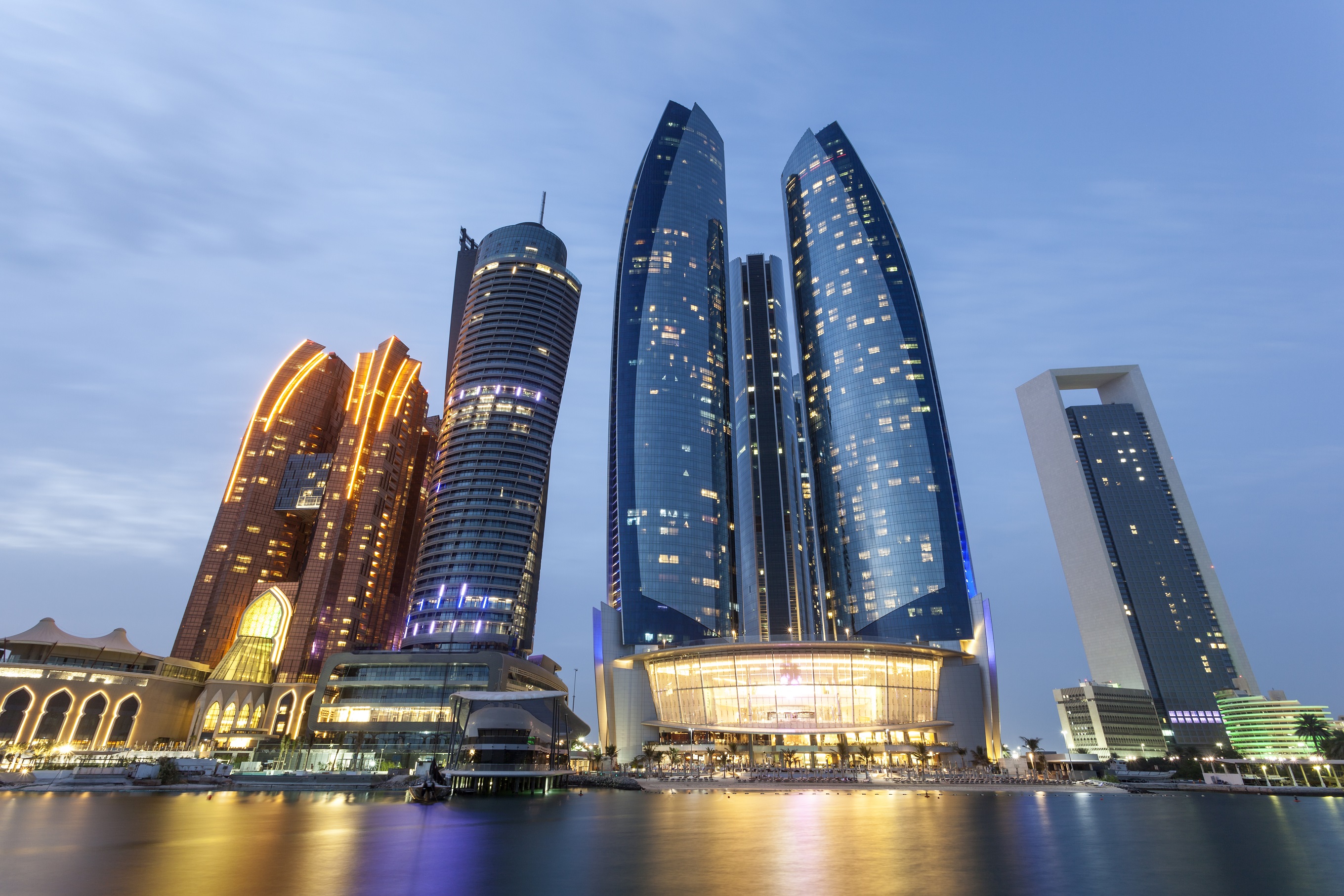From sun to sugar, the list of things we’re told to avoid for the sake of our skin is as long as it is varied. But do we now need to add screens to the list? While technology kept us connected with work, school, and socialising during the pandemic, it seems all this extra time on our devices has exaggerated one common fear about its impact on our skin: digital aging.
The thinking goes that the hours spent staring at our phones, laptops, and TVs is accelerating the rate at which we develop fine lines and wrinkles. Screen time is thought to have jumped by 50 to 70 per cent over the course of the pandemic, bringing us up to an average of 13 hours a day.
But can our devices really make a difference to our appearance? And if so, how can we prevent or even reverse the changes? We spoke to the experts at selfologi to find out more. As the ultimate cosmetic treatment destination online, they bring you over ten-thousand treatments from hundreds of renowned practitioners at leading clinics across the UAE to help you protect your skin from premature aging and unwanted pigmentation. Read on to find out more.
WHAT CAUSES DIGITAL AGING?
Digital aging isn’t as simple as emerging from a Netflix binge with skin that looks ten years older. Just like most forms of skin damage, it’s thought to be a gradual process that happens over the course of several years – and is caused by several different things.
Blue light
There’s a lot of scaremongering over blue light, but your laptop is nowhere near as harmful as the sun. While both emit blue light, our screens only produce a fraction of the latter.
Screens might be weaker, but they’re much closer. And while we do need some blue light to maintain our sleep–wake cycle (AKA our circadian rhythm), too much of a good thing can take its toll on our mood, eyes, and skin.
When it comes to the latter, blue light isn’t specifically the issue. Instead, it’s the free radicals it generates over time, which start to attack the collagen and elastin in our skin’s defensive layer. With less collagen and elastin to keep skin bouncy and strong, our chances of developing fine lines and wrinkles increase. We’re also more prone to dullness, uneven skin tone, and hyperpigmentation – especially if you have a darker skin tone.
While research into the connection between artificial blue light and our skin is still ongoing, we know that the blue light of our devices majorly disrupts our sleeping schedule. A few extra hours on TikTok each night might seem harmless, but soon eat into the time our skin allocates to its regenerative cycle. This is when cellular repair is at its peak – and cutting into that will only worsen any existing issues.
Bacteria
The average laptop is home to 400 times more bacteria than a toilet seat, while our phones are thought to be one of the dirtiest objects we come in contact with every day.
Think about how often we touch our devices and then our face. If you’ve ever noticed clusters of pimples on your cheeks, your phone might be to blame. And if you find yourself resting your face on your hand at your desk, that new breakout could be caused by bacteria hopping a ride from your keyboard to your chin.
Posture
Back hunched, shoulders tight, chin down – if you’re reading this on a screen, this probably sounds familiar. Muscle strain wasn’t invented with the laptop, but the time we spend slouching over desks and staring down at our devices has massively exaggerated our posture issues, especially for our neck.
Our necks are designed to bear the weight of our heads, not to support hours of scrolling. Sometimes known as ‘tech neck’, this position can cause regular aches and pains as well as accelerating the development of wrinkles.
HOW DO I PROTECT MYSELF FROM DIGITAL AGING?
There are a few ways to shield yourself from these digital agers.
Block out blue light
There’s often a night mode or screen filter setting on your device to eliminate blue light. If you wear glasses, you can also get lenses specifically designed to block out blue light (sometimes named ‘computer glasses’). Alternatively, you can get a physical transparent screen protector that functions the same way.
Apply SPF (even indoors)
Whether you’re indoors or outdoors, wear sunscreen every day. While every sunscreen should protect you from the sun’s UV rays, physical – or mineral – sunscreens also offer blue light protection as they reflect it off the skin.
Antioxidant skincare
Free radicals create huge oxidative stress on your body, making antioxidants the perfect solution. Antioxidants work by preventing free radical damage to our skin. Common antioxidant ingredients in skincare include vitamin C, vitamin E, niacinamide, and green tea.
Work on your posture
This is easier said than done if you spend the bulk of your day at a desk. To reduce the strain on your neck, invest in a laptop stand – or even just prop your device on stacked books – so you’re not bending down. Ideally, your eyes should be in level with the top third of your screen.
HOW DO I REVERSE THE EFFECTS?
Retinol
If there’s one ingredient dermatologists unanimously love for signs of aging, it’s retinol. A derivative of vitamin A, it’s been proven time and time again to promote collagen production, encourage skin renewal, even-out skin tone, and improve acne. It’s incredibly potent, so it’s important to start slow, with a low concentration. As your skin grows more tolerant, you can gradually increase your dosage. Just be ready to play the long game – visible improvement can take around three months.
RF microneedling
If it’s the loss of collagen that worries you about digital aging, RF microneedling can help to manually boost production. The technique uses a fine needle device to create multiple micro-injuries and radiofrequencies to heat up the issue, tricking your skin into activating repair mode. Collagen production is amplified as a result, leaving you with fresher, rejuvenated skin after three to four sessions.
Botox
Botox works best when tackling wrinkles caused by movement and expressions – especially those created by repeatedly bending your neck. Injected into the muscle, it can relax the area, prevent – or soften – deep lines, and boost definition in the area. Results last anywhere between three to six months.
LED light therapy
Excessive blue light is potentially damaging to your skin, but don’t write off light completely. LED light therapy uses controlled wavelengths of light to target different concerns. Red is usually the colour of choice to generate collagen and repair damaged tissue as it penetrates skin the deepest, while blue (controversially) is used to kill acne-feeding bacteria.
CAN I AVOID DIGITAL AGING FOR GOOD?
The facts are that technology is an unavoidable part of all our lives and our bodies will age with or without a laptop. So, don’t add the guilt over your screen time to the list of things stressing out your skin.
Instead, tweak your skincare regime for optimal indoor and outdoor protection with expert advice and top tricks from selfologi.com. Find – and book – a treatment that works best for you, from the treatments mentioned above and much more, directly through the portal.














